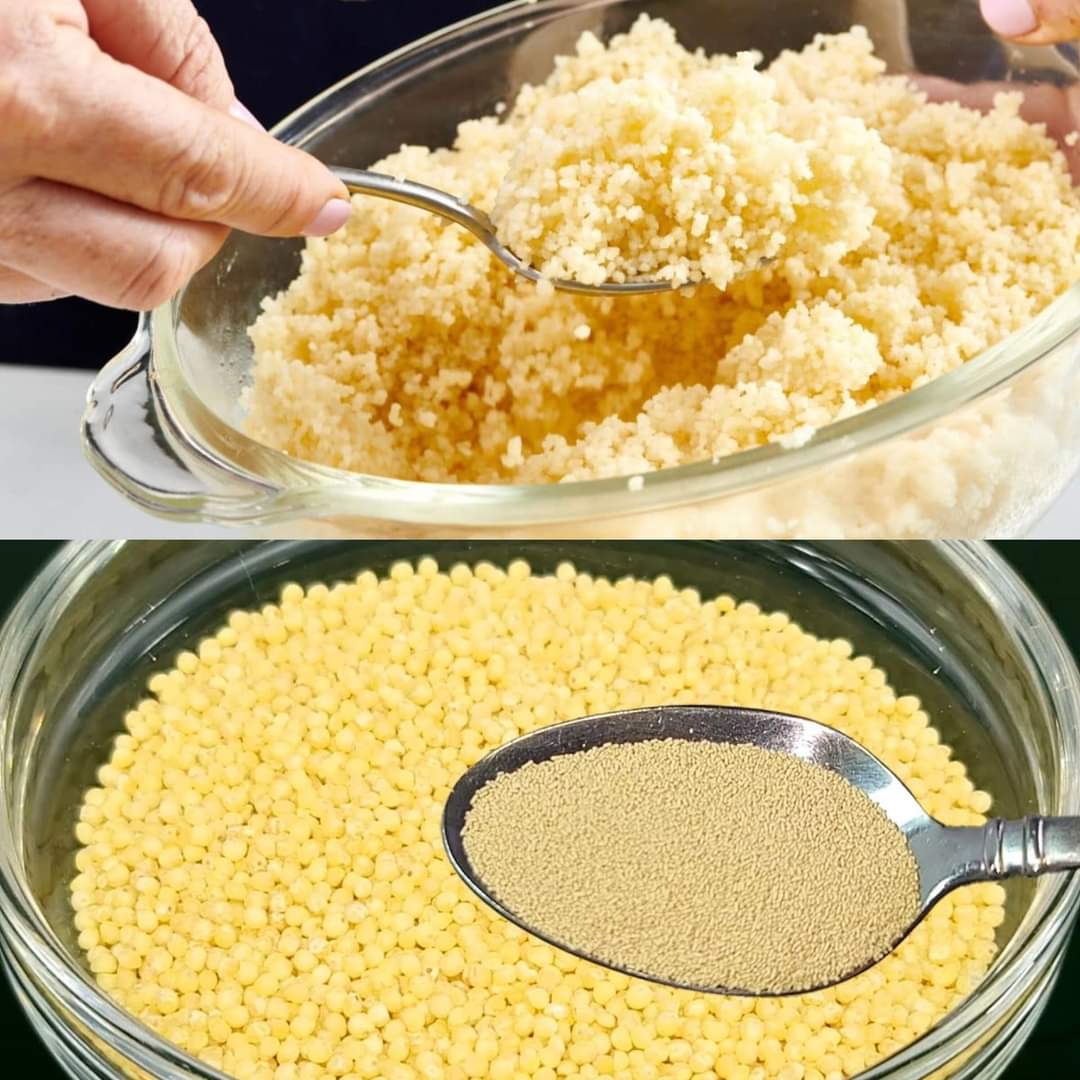Ingredients:
- Millet: A versatile and nutritious grain that serves as the base of this recipe. It’s gluten-free and packed with protein and fiber.
- Yeast: Used to ferment the millet, enhancing its flavor and nutritional profile.
- Water: Needed to hydrate the millet and activate the yeast.
Instructions:
- Prepare the Millet: Rinse 1 cup of millet thoroughly under cold water to remove any impurities. Drain well.
- Cook the Millet: In a medium saucepan, bring 2 cups of water to a boil. Add the millet, reduce the heat to low, cover, and simmer for about 15-20 minutes, or until the water is absorbed and the millet is tender.
- Cool the Millet: Spread the cooked millet on a tray and let it cool to room temperature. It’s important that the millet is not too hot to touch as excessive heat can kill the yeast.
- Activate the Yeast: In a small bowl, dissolve 1 teaspoon of active dry yeast in ¼ cup of warm water (about 105°F-115°F). Let it sit for 5-10 minutes until frothy.
- Mix Yeast and Millet: Combine the cooled millet with the activated yeast mixture. Stir well to ensure the yeast is evenly distributed.
- Ferment: Transfer the mixture to a clean bowl, cover with a cloth, and let it ferment in a warm place for about 24 hours. You’ll notice it starting to bubble and develop a slightly tangy aroma.
- Cook Again: After fermentation, the millet can be shaped into small cakes and pan-fried in a little oil over medium heat until crispy on the outside and warm inside. Alternatively, it can be used as a base for porridge or added to bread recipes for a unique flavor.
- Serve and Enjoy: Enjoy these millet cakes warm with your favorite sauce or side dish. They make a great accompaniment to soups and salads or can be enjoyed as a nutritious snack.
This long-forgotten recipe is not only a testament to the ingenuity of traditional cooking methods but also a wonderful way to introduce variety into your diet. Millet, with its mild flavor, complements the tanginess that yeast fermentation brings, creating a unique dish that’s bound to impress. Try it out and experience a piece of culinary history that’s both delicious and wholesome!
ADVERTISEMENT

